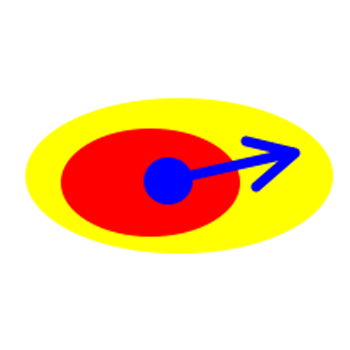The strengths / limits of Systems Thinking denote the strengths / limits of Practice-Based Design Research
DOI:
https://doi.org/10.7577/formakademisk.789Keywords:
Systems thinking, Practice-Based Design Research, Research through DesignAbstract
If we focus on Practice-Based Design Research (PBDR) in its various forms and terminologies one can consider Design Research as a process of “generating the unknown from the known” or of “organizing the transition from knowns to unknowns” (Hatchuel, 2013: 5). It is thereby confronted with the fundamental problems of control (non-reducible complexity in design situations), of prediction (not-knowing of evolutionary emerging futures) and of incompatible domains of knowing. The problems become apparent in causal gaps between bodily, psychic and communicative systems and between the phases of evolutionary development. PBDR explores the possibilities of bridging these gaps in the medium of design projects and thereby creates new knowledge. This is necessarily done with scientific support, but in a situated, “designerly” mode, which means that the designer is part of the design / inquiring system. This is the epistemological characteristic of design. The text argues for a strong coupling of PBDR and advanced systems thinking to face the problems mentioned above.

Downloads
Published
How to Cite
Issue
Section
License
Authors who publish with this journal agree to the following terms:
- Authors retain copyright and grant the journal right of first publication with the work simultaneously licensed under a Creative Commons Attribution 4.0 License that allows others to share the work with an acknowledgement of the work's authorship and initial publication in this journal.
- Authors are able to enter into separate, additional contractual arrangements for the non-exclusive distribution of the journal's published version of the work (e.g., post it to an institutional repository or publish it in a book), with an acknowledgement of its initial publication in this journal.
- Authors are permitted and encouraged to post their work online (e.g., in institutional repositories or on their website) prior to and during the submission process, as it can lead to productive exchanges, as well as earlier and greater citation of published work (See The Effect of Open Access).
- The author(s) must manage their economic reproduction rights to any third party.
- The journal makes no financial or other compensation for submissions, unless a separate agreement regarding this matter has been made with the author(s).
- The journal is obliged to archive the manuscript (including metadata) in its originally published digital form for at least a suitable amount of time in which the manuscript can be accessed via a long-term archive for digital material, such as in the Norwegian universities’ institutional archives within the framework of the NORA partnership.
The material will be published OpenAccess with a Creative Commons 4.0 License which allows anyone to read, share and adapt the content, even commercially under the licence terms:
This work needs to be appropriately attributed/credited, a link must be provided to the CC-BY 4.0 licence, and changes made need to be indicated in a reasonable manner, but not in any way that suggests that the licensor endorses you or your use.



